Chapter 18.02
INTERPRETATION OF THE ZONING CODE
Sections:
18.02.020 Rules of interpretation.
18.02.030 Rules of measurement.
18.02.010 Purpose.
The purpose of this chapter is to provide precision in the interpretation of the zoning code. The meaning and construction of words and phrases defined in this chapter apply throughout the code, except where the context indicates a different meaning. [Ord. 24-002 § 5 (Exh. A).]
18.02.020 Rules of interpretation.
In interpreting the various provisions of the code, the following rules of interpretation shall apply:
A. General Rules. The following general rules apply to the interpretation and application of the zoning code:
1. The specific controls the general.
2. In case of conflict between the text and a figure, illustration, heading, caption, diagram, or graphic, the text controls.
3. Sections and section headings contained herein shall not be deemed to govern, limit, modify, or in any manner affect the scope, meaning, or intent of any section.
4. Unless the context clearly indicates the contrary, the following conjunctions shall be interpreted as follows:
a. “And” indicates that all connected words or provisions shall apply.
b. “And/or” indicates that the connected words or provisions may apply singularly or in any combination.
c. “Or” indicates that the connected words or provisions may apply singularly or in any combination.
d. “Either... or” indicates that the connected words or provisions shall apply singularly but not in combination.
5. The words “shall,” “will,” “must,” and “is to” are always mandatory and not discretionary. “Should” is a regulation that is not mandatory but must be either fulfilled or the applicant must demonstrate an alternative that fulfills the intent of the regulation. “May” is permissive.
6. The present tense includes the past and future tenses, and the future tense includes the past.
7. The singular number includes the plural, and the plural, the singular.
8. All references to departments, committees, commissions, boards, or other public agencies are to those of the City of Dixon, unless otherwise indicated.
9. All references to public officials are to those of the City of Dixon, and include designated deputies of such officials, unless otherwise indicated.
B. Calendar Days. All references to days are to calendar days, unless otherwise indicated. If a deadline falls on a weekend or holiday, or a day when the City offices are closed, it shall be extended to the next working day. The end of a time period shall be the close of business on the last day of the period (5:00 p.m.).
C. Definitions. The Director shall make the interpretation for any definition not expressly identified in this code. [Ord. 24-002 § 5 (Exh. A).]
18.02.030 Rules of measurement.
For all calculations, the applicant shall be responsible for supplying drawings illustrating the measurements that apply to a project. These drawings shall be drawn to scale and of sufficient detail to allow easy verification upon inspection by the Director.
A. Fractions. Whenever this code requires consideration of distances, parking spaces, dwelling units or other aspects of development or the physical environment expressed in numerical quantities, and the result of a calculation contains a fraction of a whole number, the results will be rounded as follows:
1. General Rounding. Fractions of one-half (0.5) or greater shall be rounded up to the nearest whole number and fractions of less than one-half (0.5) shall be rounded down to the nearest whole number, except as otherwise provided.
2. Exception for State Affordable Housing Density Bonus. For the calculation of fractions related to permitted bonus density units for projects eligible for bonus density pursuant to Cal. Gov’t Code § 65915 or any successor statute and Chapter 18.12 DMC, Affordable Housing Density Bonus, any fractional number of units shall be rounded up to the next whole number.
B. Measuring Distances.
1. Measurements Are Shortest Distance. When measuring a required distance, such as the minimum distance between a structure and a lot line, the measurement is made at the closest or shortest distance between the two (2) objects.
2. Distances Are Measured Horizontally. When determining distances for setbacks and structure dimensions, all distances are measured along a horizontal plane from the appropriate line, edge of building, structure, storage area, parking area, or other object. These distances are not measured by following the topography or slope of the land.
3. Measurements Involving a Structure. Measurements involving a structure are made to the closest support element of the structure. Structures or portions of structures that are entirely underground are not included in measuring required distances.
4. Measurement of Vehicle Stacking or Travel Areas. Measurement of a minimum travel distance for vehicles, such as garage entrance setbacks and stacking lane distances, are measured down the center of the vehicle travel area. For example, curving driveways and travel lanes are measured along the center arc of the driveway or traffic lane.
5. Measuring Radius. When a specified land use is required to be located a minimum distance from another land use, the minimum distance is measured in a straight line from all points along the lot line of the subject project, in all directions.
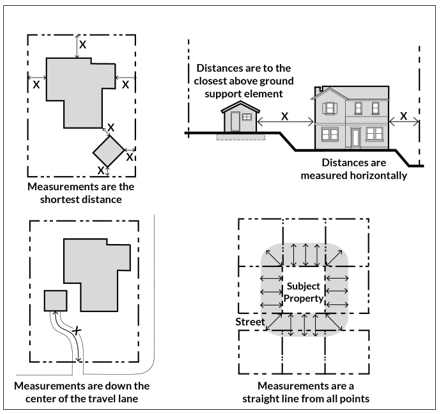
FIGURE 18.02.030.B: MEASURING DISTANCES
C. Measuring Height. The height of a structure shall be measured vertically from the average elevation of the surface of the ground covered by the structure to the highest point of the structure.
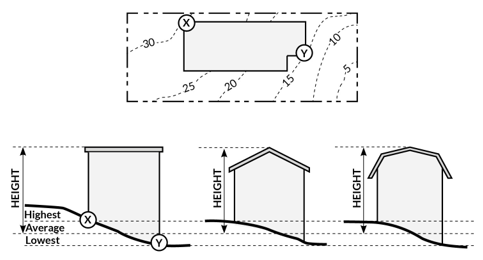
FIGURE 18.02.030.C: MEASURING BUILDING HEIGHT
1. Measuring Height of Fences or Walls. The height of a fence or wall is measured as the vertical distance from the lowest ground level immediately adjacent to the fence or wall to the highest point of such fence or wall, except as provided below.
a. All fences and walls located within three (3) feet of each other, including fences and walls on adjoining lots, shall be considered a single fence or wall.

FIGURE 18.02.030.C.1: MEASURING HEIGHT OF FENCES OR WALLS
2. Measuring the Height of Decks. Deck height is determined by measuring from the ground to the top of the floor of the deck directly above the ground below.
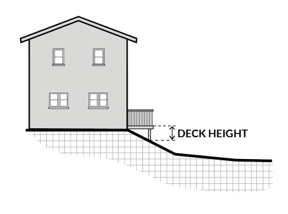
FIGURE 18.02.030.C.2: MEASURING HEIGHT OF DECKS
D. Measuring Lot Width and Depth.
1. Lot Width. Lot width is the horizontal distance between the side lot lines, measured at right angles to the lot depth at a point midway between the front and rear lot lines.
2. Lot Depth. Lot depth is measured along a straight line drawn from the midpoint of the front property line of the lot to the midpoint of the rear property line or to the most distant point on any other lot line where there is no rear lot line.

FIGURE 18.02.030.D: MEASURING LOT WIDTH AND DEPTH
E. Determining Floor Area. The floor area of a building is the sum of the gross horizontal areas of all floors of a building or other enclosed structure, measured from the outside perimeter of the exterior walls and/or the centerline of interior walls.
1. Included in Floor Area. Floor area includes, but is not limited to, all habitable space (as defined in the building code) that is below the roof and within the outer surface of the main walls of primary or accessory buildings or the centerlines of party walls separating such buildings or portions thereof or within lines drawn parallel to and two (2) feet within the roof line of any building without walls. In the case of a multi-story building that has covered or enclosed stairways, stairwells or elevator shafts, the horizontal area of such features shall be counted only once at the floor level of their greatest area of horizontal extent.
2. Excluded From Floor Area. Floor area does not include the following:
a. Mechanical, electrical, and communication equipment rooms that do not exceed two percent (2%) of the building’s total floor area;
b. Bay windows or other architectural projections where the vertical distance between the lowest surface of the projection and the finished floor is thirty (30) inches or greater;
c. Areas that qualify as usable open space;
d. Covered porticoes, paseos, corridors, and courtyards designed for use by and accessible to the general public; and
e. In nonresidential and mixed-use buildings, areas used for off-street parking spaces or loading spaces, driveways, and maneuvering aisles.
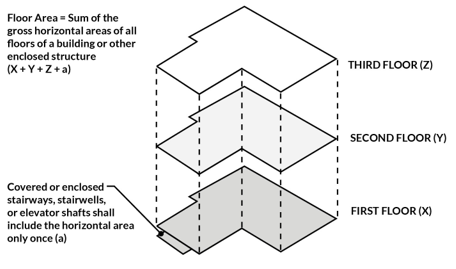
FIGURE 18.02.030.E: DETERMINING FLOOR AREA
F. Determining Floor Area Ratio. The floor area ratio (FAR) is the ratio of the floor area, excluding the areas described below, of all primary and accessory buildings on a site to the site area. To calculate the FAR, floor area is divided by site area, and typically expressed as a decimal. For example, if the floor area of all buildings on a site totals twenty thousand (20,000) square feet, and the site area is ten thousand (10,000) square feet, the FAR is expressed as 2.0.
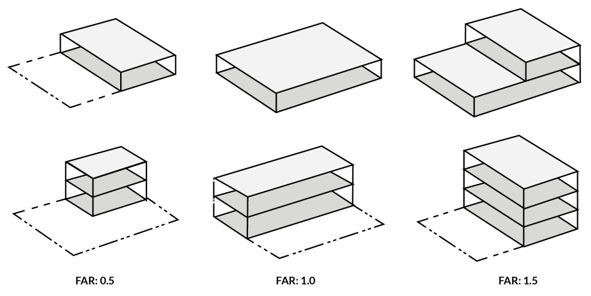
FIGURE 18.02.030.F: DETERMINING FLOOR AREA RATIO
G. Determining Lot Coverage. Lot coverage is the ratio of the total footprint area of all structures on a lot to the net lot area, typically expressed as a percentage. The footprints of all main and accessory structures, including garages, carports, covered patios, and roofed porches, shall be summed in order to calculate lot coverage. The following structures shall be excluded from the calculation:
1. Unenclosed and unroofed decks, uncovered patio slabs, porches, landings, balconies and stairways less than four (4) feet in height;
2. Eaves and roof overhangs projecting up to two (2) feet from a wall;
3. Trellises and similar structures that have roofs that are at least fifty percent (50%) open to the sky through with uniformly distributed openings;
4. Swimming pools and hot tubs that are not enclosed in roofed structures or decks; and
5. One (1) nonhabitable accessory structure under one hundred twenty (120) square feet. Structures above quantity of one (1), more than one hundred twenty (120) square feet in size, and/or habitable shall be included in lot coverage.
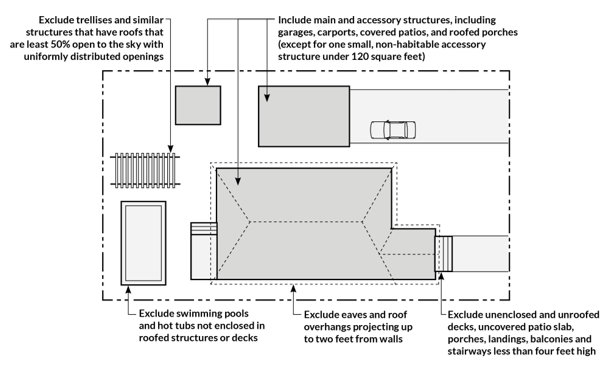
FIGURE 18.02.030.G: DETERMINING LOT COVERAGE
H. Determining Lot Frontage.
1. Corner Lot. The front of a lot is the narrowest dimension of the lot with street frontage.
2. Through Lot. The front of a through lot abuts the street or streets that one (1) or more neighboring lots use to provide primary access.
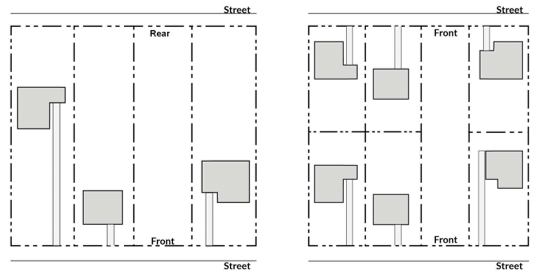
FIGURE 18.02.030.H.2: DETERMINING LOT FRONTAGE, THROUGH LOTS
I. Determining Setbacks. Setbacks are measured parallel to and at the specified distance from the corresponding front, side, or rear property line or other identified reference.
1. Official Plan Lines. Where official plan lines exist, setbacks shall be measured from such official plan line. If a proposed new sidewalk or right-of-way differs from that existing, then the required yard shall be measured from the property line.
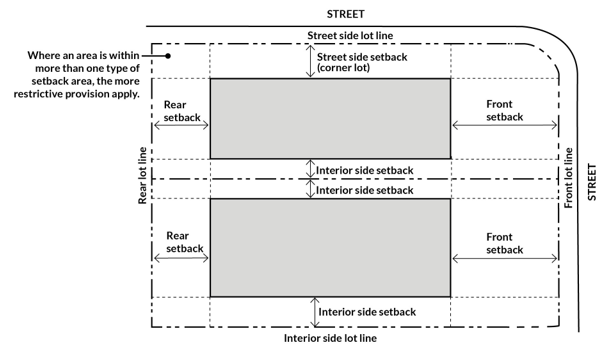
FIGURE 18.02.030.I: DETERMINING SETBACKS
J. Determining Yards. Yards shall be determined by extending perpendicular lines from each point of the nearest property line to the nearest wall of the first main building on the lot. Where there is no wall of a main building on the lot which intercepts said perpendicular lines, said yard will terminate at a point determined by extending a line parallel to the property line from the corner of the front elevation of the main building to the nearest property line. The front elevation of a building is any elevation that faces the property line.
1. Rounded Corners. If the corner of the front elevation is rounded (i.e., a tower), the corner of the elevation shall be established by drawing the smallest square or rectangle that will enclose the round element and extend the line from the corner of the superimposed square or rectangle that is closest to the property line.

FIGURE 18.02.030.J: DETERMINING YARDS
K. Measuring Signs. The calculations of measurements related to signs are described in Chapter 18.18 DMC, Signs. [Ord. 24-002 § 5 (Exh. A).]


